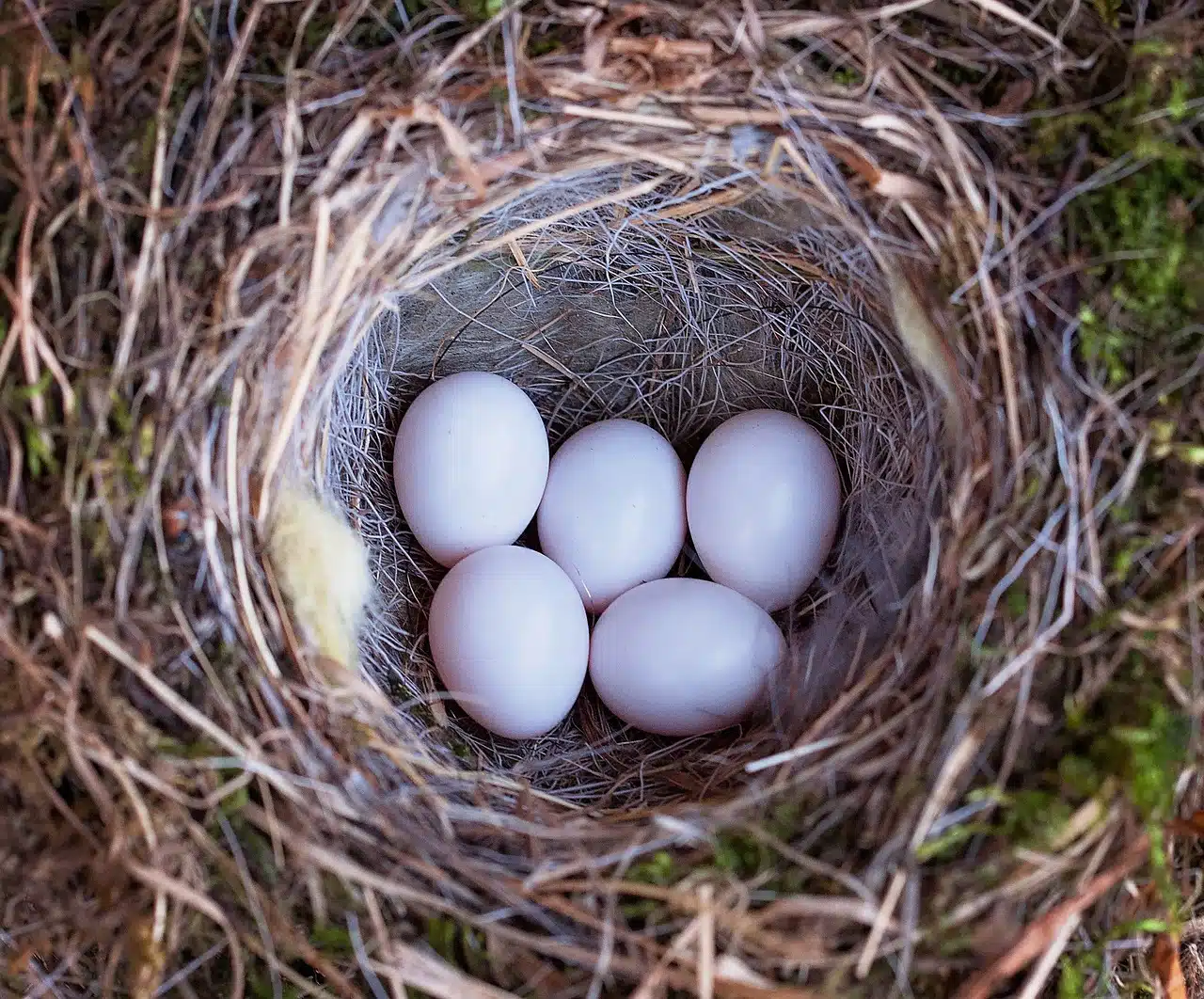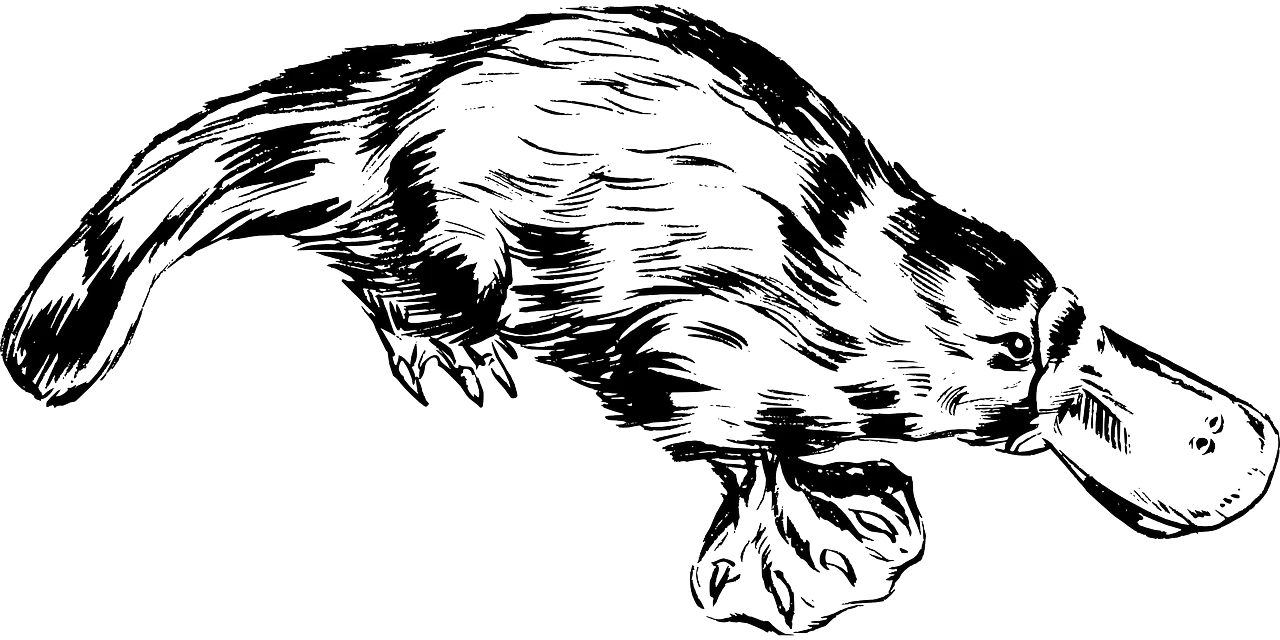
Oviparous animals lay eggs.
Oviparous is a concept used to refer to the group of animals that lay eggs in which segmentation has not begun or has not yet reached significant development. Birds , insects and mollusks are part of the group of oviparous animals, a term that has its origin in the Latin ovipărus .
However, we must not forget that there are two mammals that are also considered oviparous. This would be the case of echidnas , which look like hedgehogs and can only be found in Australia and New Guinea , and platypuses . The latter are identified as underwater mammals, which live in Australia and Tasmania , with very unique physical qualities: otter legs, a snout similar to the beak of a duck, and a tail identical to that of a beaver.
The oviparous mode of reproduction consists of depositing the eggs in an external environment, where the development that will culminate with hatching will take place (that is, the breaking of the shell and the exit of the offspring to the outside).
Oviparous and eggs
It should be noted that the rounded structure produced by females to contain and protect the embryo is known as an egg. The eggs are made up of a shell that acts as a cover, whose hardness and flexibility is variable. Currently, the ostrich is the animal that lays the largest eggs: according to zoology experts, they can weigh 1.5 kilograms. In any case, we must not overlook the fact that, in other times, it was the dinosaurs that laid the largest eggs compared to the rest of the species. At the other extreme, the zunzuncito is the bird that produces the smallest eggs, weighing just half a gram.
Another fact to keep in mind is that oviparous reproduction can be carried out in two ways. Some animals, for example, produce dry eggs that are deposited somewhere outdoors after the internal fertilization process has been completed. Other animals, however, deposit eggs that have not yet been fertilized in the water. In this case, fertilization occurs externally since it takes place once the male expels the sperm between the eggs while they are deposited by the female.

The platypus is an oviparous mammal.
Differences depending on the species
In this matter of reproduction that we are addressing, it is important to emphasize the fact that there is no established pattern when it comes to egg production. And each of the oviparous animal species existing in our world has different lines in this sense that are logically influenced by the seasons.
Among the most relevant examples we can establish that, while birds have the capacity to lay around two dozen eggs in one season, marine turtles can reach a whopping almost 200 eggs.
An ovoviviparous animal, meanwhile, is one that keeps the eggs inside the female until the moment of hatching, which can occur immediately after laying or just before birth.
Oviparous and viviparous
It is also important to make clear that it is very common that when we talk about oviparous animals, their "opposite" always comes to mind, the so-called viviparous animals .
These are identified because they are those that are born from a fetus that grows inside the female. That is, after being fertilized, she raises an embryo in her womb that grows and matures until birth occurs.
